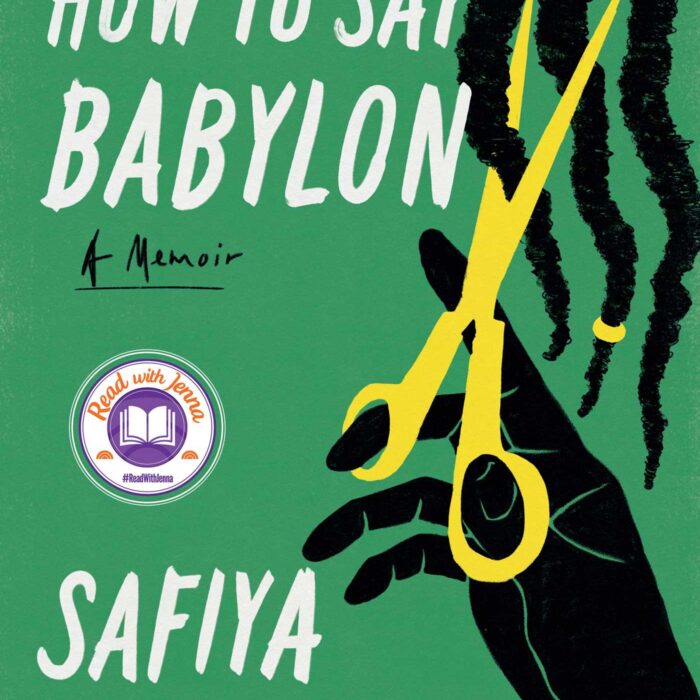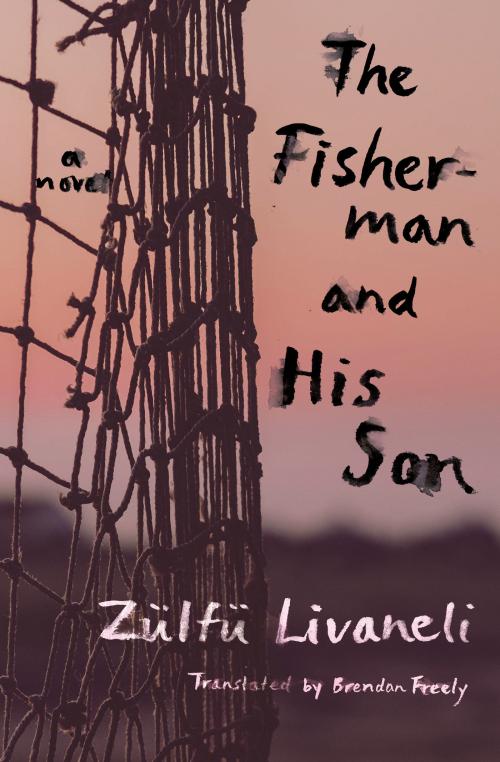You have no items in your cart. Want to get some nice things?
Go shopping
In her essay “Site of Memory” (Inventing the Truth, 1995), Toni Morrison talks about how a snippet of information—“a dimly recalled figure, the corner of a room, a voice”—is enough detail to begin building a narrative upon, in order to “explore two worlds—the actual and the possible”. Creating stories from mere shadows is what Morrison does so beautifully in Beloved. Memories invade lives, trauma binds people together, and what seems only fleetingly “possible” becomes overpoweringly “actual”.
Set in the nineteenth century and inspired by the real-life story of Margaret Garner, Beloved follows Sethe, an African American slave who “collected every bit of life she had made, all the parts of her that were precious and fine and beautiful” and fled to the free state of Ohio. When Sethe’s plantation owners arrive to recapture her, she attempts to kill her children to spare them from the fate she suffered. Three of them survive but her two-year-old daughter, Beloved, dies.
Despite its horrific nature, Sethe’s act of violence is never presented as evil; in fact, her love for her children is so overwhelming that it is labelled as “too thick”. But years of living as a slave, where her humanity was questioned and her children were at constant risk of being taken away, makes Sethe aware that loving is perilous:
For a used-to-be-slavewoman to love anything that much was dangerous, especially if it was her children she had settled on to love. The best thing was to love just a little bit; everything, just a little bit, so when they broke its back, or shoved it in a croaker sack, well, maybe you’d have a little love left over for the next one.
Gaining the freedom to “love anything you choose” becomes Sethe’s motivation for escape. Consequently, when her captors reappear in her new life, she believes that if her children cannot live a world where loving openly and excessively is allowed, they are better off not existing at all. Taking Beloved’s life is an act borne out of Sethe’s innate desire to protect her children.
Yet Beloved’s death is not enough to rid her from Sethe’s life. Years later, Sethe is living with her teenage daughter Denver and a friend from her past, Paul D, when a malevolent spirit, believed by the household to be Beloved, appears. The spirit grows in intensity as the story progresses—first, its poltergeist-like antics drive Sethe’s sons out the house while keeping Denver a recluse inside it; then it turns up on their doorstep in the form of a grown human girl—leaving the family threatened and fragile in its wake.
Sethe is quite literally haunted by Beloved’s presence—a presence that, although undoubtedly transcending realism, is never questioned as entirely possible, enforced by Beloved making inexplicable allusions to Sethe’s past. As such, memory plays a big role in this novel, with the fragmented narrative allowing tiny portions of the past to filter into Sethe’s present: “boys hanging” from trees, surrounded by the “shameless beauty” of the plantation fields; the shape of her son Howard’s head, an image so powerful “nobody could forget”; the short life of her “crawling-already?” baby daughter.
Sethe constantly fights against these uncontrollable memories, but they are so pervasive that they cannot be contained. In Beloved, memories become part of a kind of collective history, in which “you be walking down the road and you hear something […] And you think it’s you thinking it up. A thought picture. But no. It’s when you bump into a rememory that belongs to somebody else.” Rememories—irrepressible memories that are so powerful that they remain rooted in the fabric of the place where they occurred, “floating” outside their owner’s head long after the incident has passed—illustrate the immovability of history. The grown-up Beloved is an embodiment of Sethe’s repressed past and a repetition—or perhaps a continuation?—of the baby Beloved’s life, possessing the household’s inhabitants, playing into their affections and then breaking apart their relationships. Ultimately, Beloved forces them to confront their shared rememories by making the past impossible to push aside.
Despite its inherent trauma, Beloved finds some kind of happiness for its characters: Paul D and Sethe accept their “yesterday” in an effort to build “some kind of tomorrow”, and Denver musters the strength to reach out to the community. Beloved, completely wild and larger than ever, is eventually exorcised; her presence slips out of their lives but not into obscurity, instead becoming part of the history of the “sixty million and more” of the novel’s dedication: those lost to the slave trade.
Beloved is both terrible and wonderful to read. Morrison writes fiercely, merging reality and imagination to show how the “two worlds” of the supernatural “possible” and the horrifying “actual” can unsettle and inform each other. It’s a novel that fictionalises a shred of the real-life tragedy of Margaret Garner, fabricating it with barely-there memories and shadows of past selves, but never giving the reader reason to doubt its truth.
Catherine Noonan
Among other things, Catherine likes to write, mostly about cultural topics such as literature, theatre, film and TV.





One comment